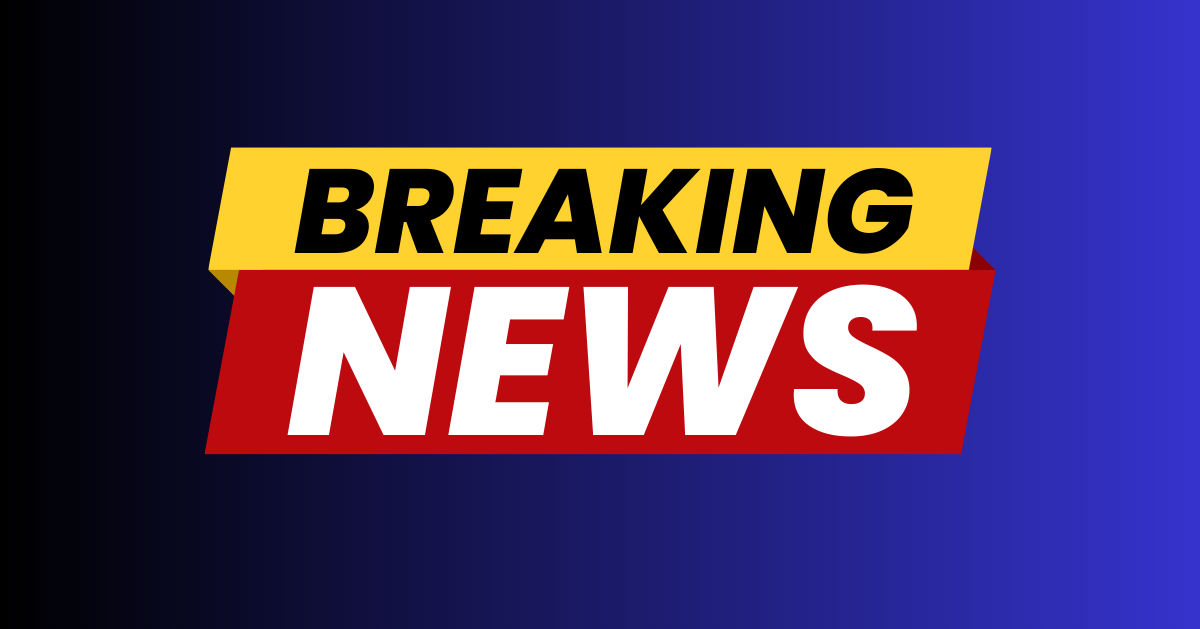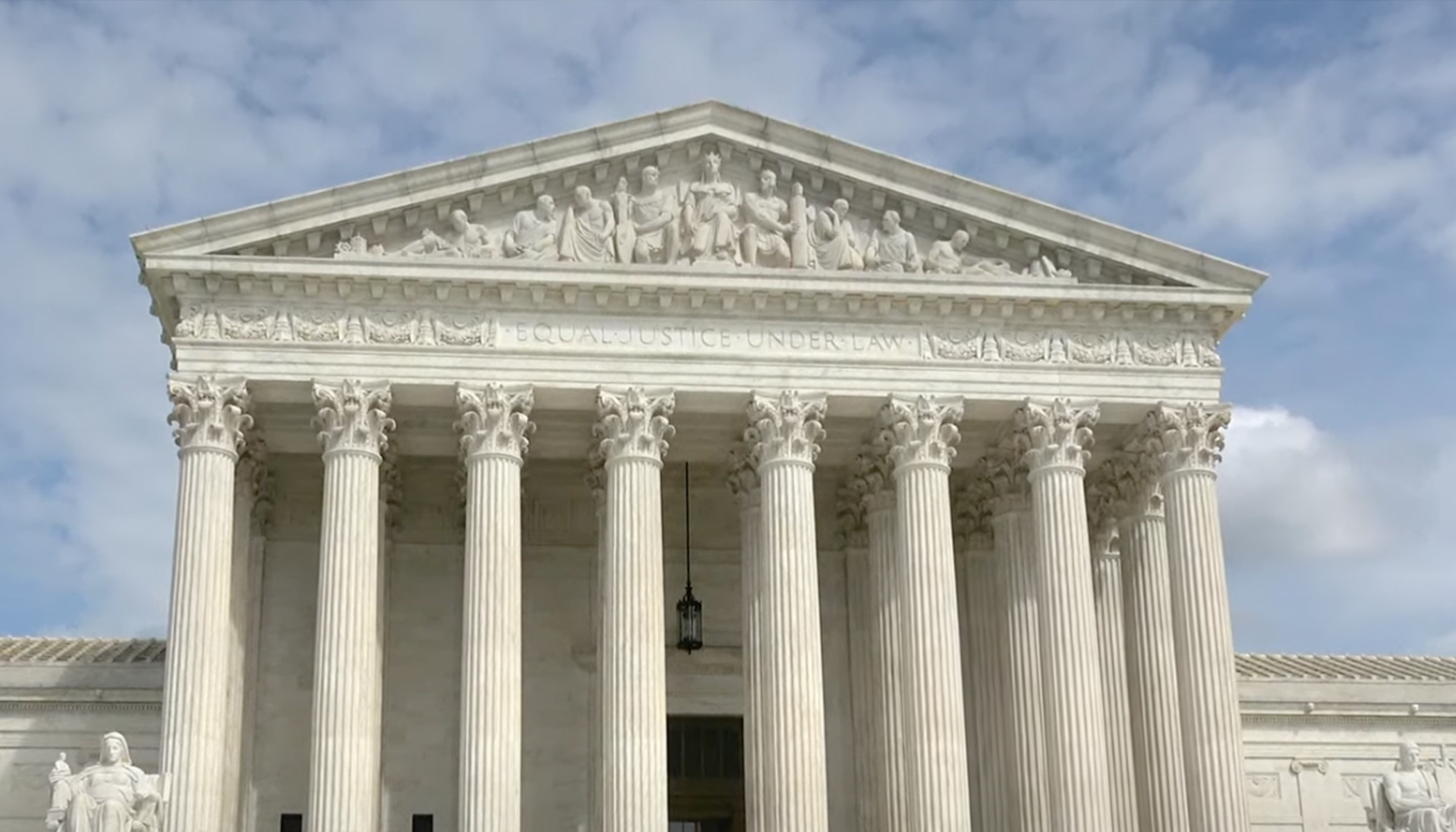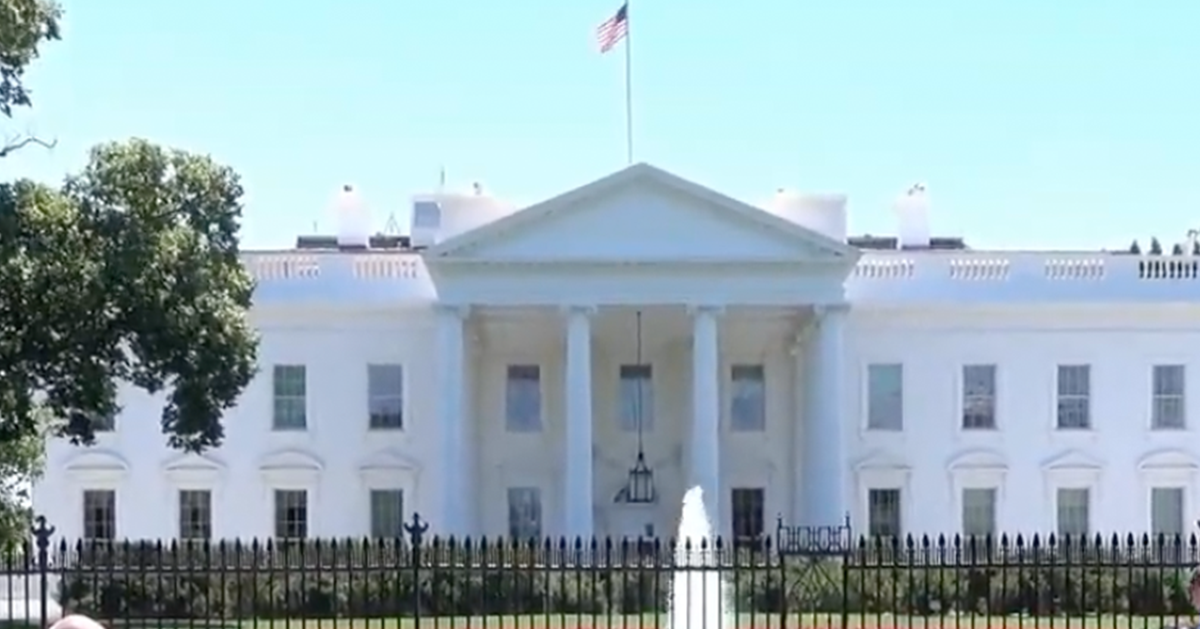Trump Gains Ground in Key States Ahead of Critical Debate
A recent poll conducted by the New York Times and Sienna College reveals a closely contested race between Vice President Kamala Harris and former President Donald Trump as the 2024 presidential election approaches.
According to the poll, which was carried out from Sept. 3-6, 2024, Trump holds a slight edge over Harris, leading 48% to 47% on a national scale, and with the results falling within the margin of error, the race stands at a statistical tie on the eve of the candidates' first debate, as the Washington Examiner reports.
This poll offers crucial insight into the dynamics of the race in battleground states and among key voting demographics.
The contest is proving to be especially competitive in critical swing states, where both candidates are fighting for every percentage point.
Battleground States Show Mixed Results
In some of the most pivotal battleground states, the competition is neck and neck. Both Trump and Harris are tied at 48% in states like Arizona, North Carolina, Georgia, and Nevada, which could play a decisive role in determining the outcome of the election.
However, Harris holds a slight lead in states such as Pennsylvania (49% to 48%), Michigan (48% to 46%), and Wisconsin (49% to 47%), providing her campaign with cautious optimism in these areas.
While Harris appears to be holding her ground in a few key states, concerns have emerged over her declining support among certain core Democratic voting blocs, including women, young voters, and Latino voters.
These demographics have traditionally been strong supporters of Democratic candidates, but their wavering enthusiasm for Harris has caused uncertainty for her campaign.
Voter Uncertainty and Candidate Appeal
The poll also highlights a significant gap in voter familiarity with both candidates. While only 9% of likely voters indicated that they need more information about Trump, a substantial 28% of voters said they need more information about Harris. This disparity could have critical implications for Harris’s ability to sway undecided voters as the election draws nearer.
Additionally, the poll reveals that many voters are looking for a departure from the current administration. Sixty percent of likely voters believe that the next president should represent a major shift from President Joe Biden’s leadership. Despite Harris serving as Biden’s vice president, only 25% of voters think she embodies that change. In contrast, Trump is viewed by 53% of voters as someone who could bring the kind of change they desire.
Perceptions of Candidate Ideologies
Voter perception of the candidates’ political ideologies may also be shaping the race. Harris is viewed as “too liberal” by 47% of voters, while 32% consider Trump “too conservative.” These perceptions are further influencing the electorate's decisions, as both candidates attempt to strike a balance between energizing their core supporters and appealing to more moderate voters.
Both candidates are also perceived as risky choices, albeit for different reasons. Fifty-two percent of voters see Harris as a risky option, while 54% say the same about Trump. These numbers suggest that while voters may be divided on policy, they share similar apprehensions about the direction either candidate could take the country.
Partisan Enthusiasm Reflects Tight Race
Partisan enthusiasm is another key factor playing into the dynamics of the election. Among Democrats, 91% of voters expressed enthusiasm about supporting Harris, showing strong loyalty within her party. On the Republican side, 85% of voters feel similarly enthusiastic about Trump’s candidacy. This relatively close level of enthusiasm between the two parties highlights the importance of turnout in what is expected to be a highly competitive race.
The poll surveyed a total of 1,695 registered voters nationwide and has a margin of error of +/- 2.8%. As the campaigns move forward, both candidates are expected to focus their efforts on persuading the undecided voters and maintaining their base's excitement, especially in the battleground states.
Conclusion: A High-Stakes, Closely Watched Election
As the 2024 election nears, the latest polling data shows a competitive and tightly contested race between Trump and Harris.
With both candidates tied in critical battleground states and key demographic groups showing shifting support, the outcome remains uncertain.
While Trump holds a slight national lead, Harris is still in the fight, particularly in states like Pennsylvania, Michigan, and Wisconsin. Voters’ perceptions of the candidates’ ideologies, their desire for change, and the high levels of partisan enthusiasm all underscore the significance of this election.
Ultimately, both campaigns will need to navigate voter uncertainty and concerns over risk as they approach November.




